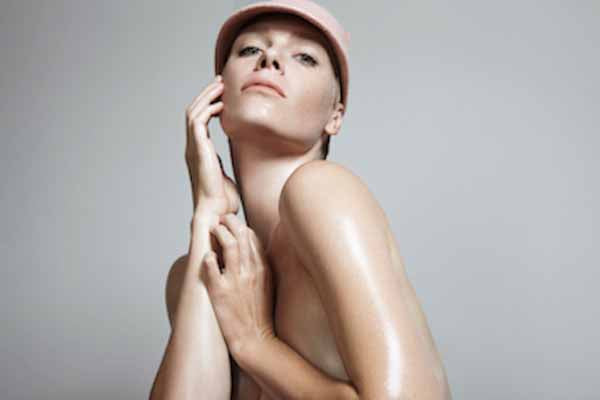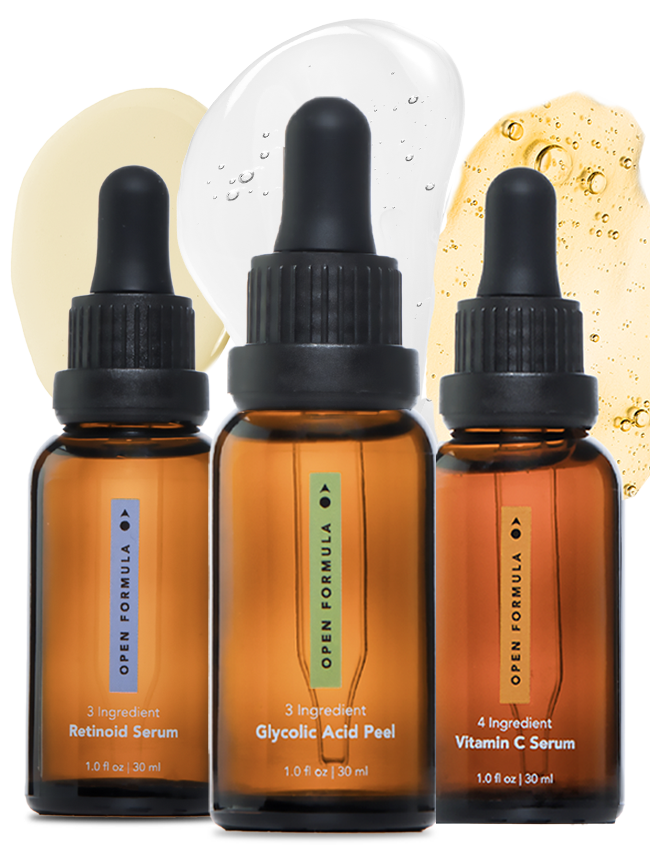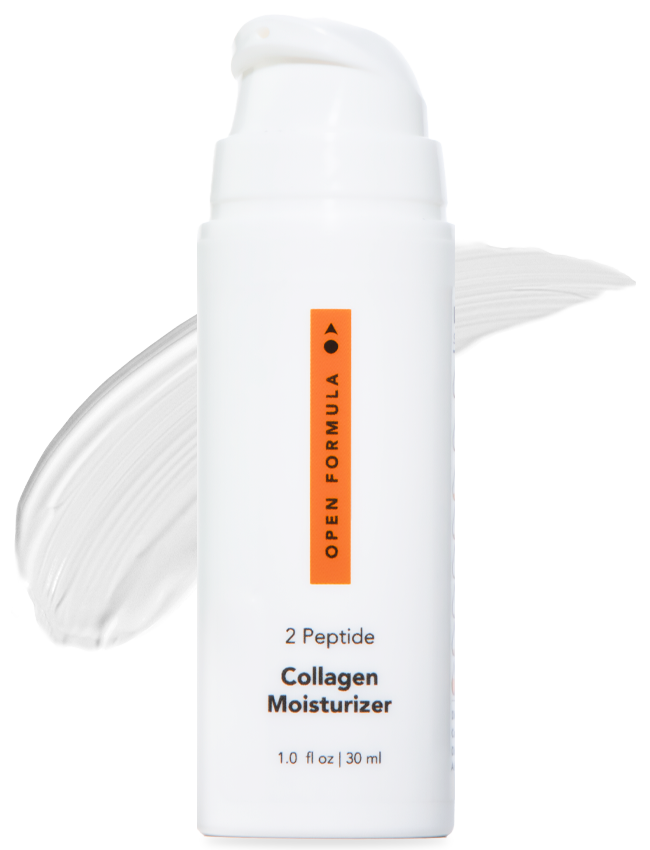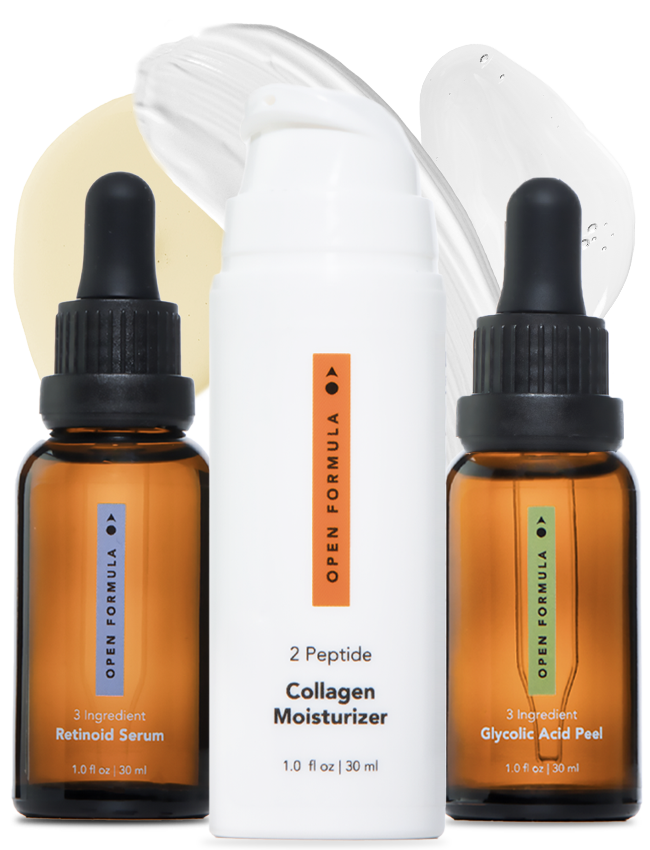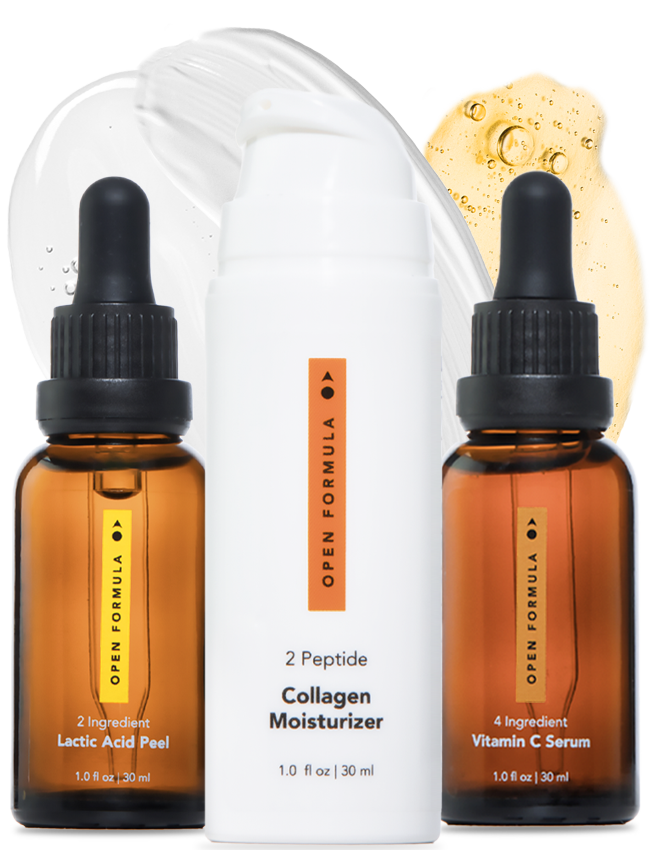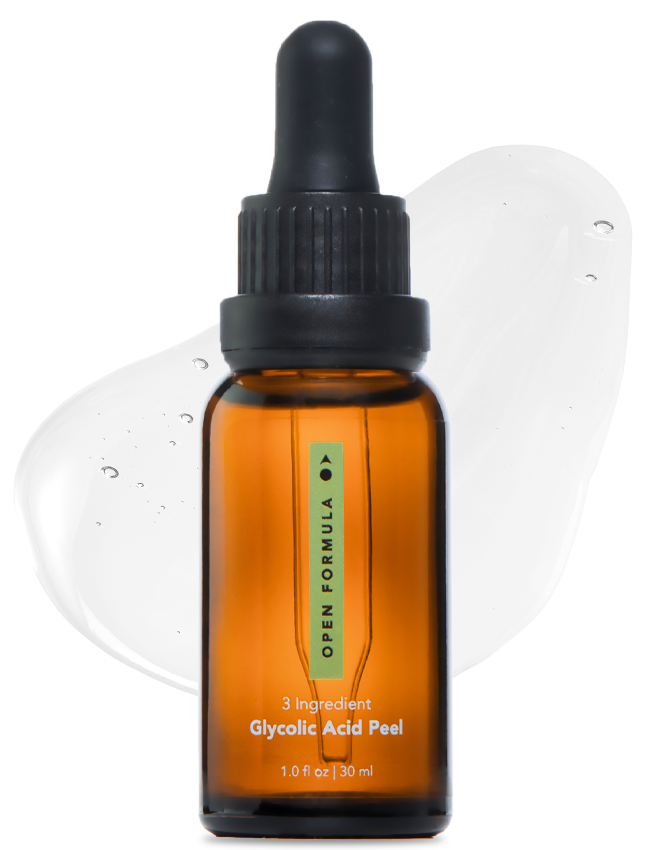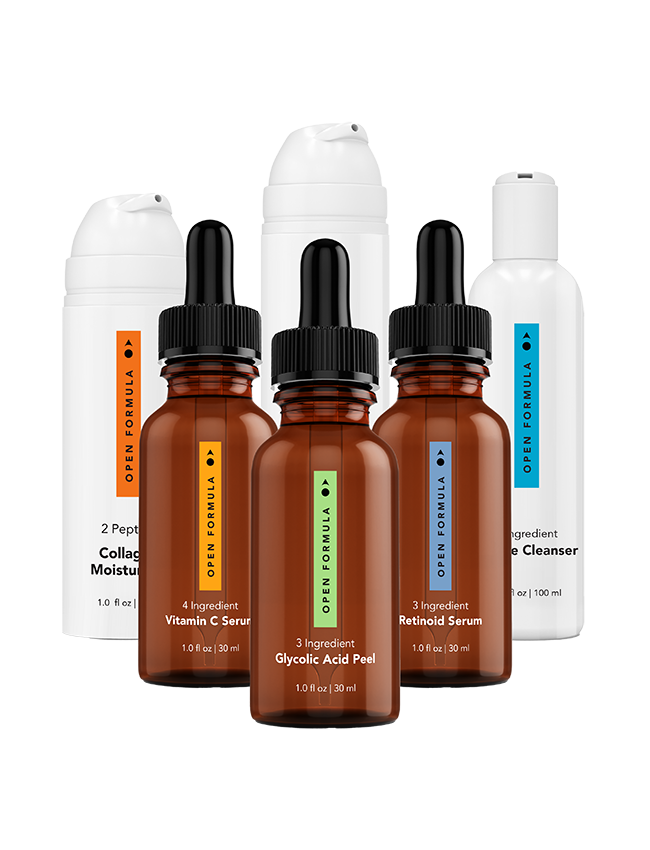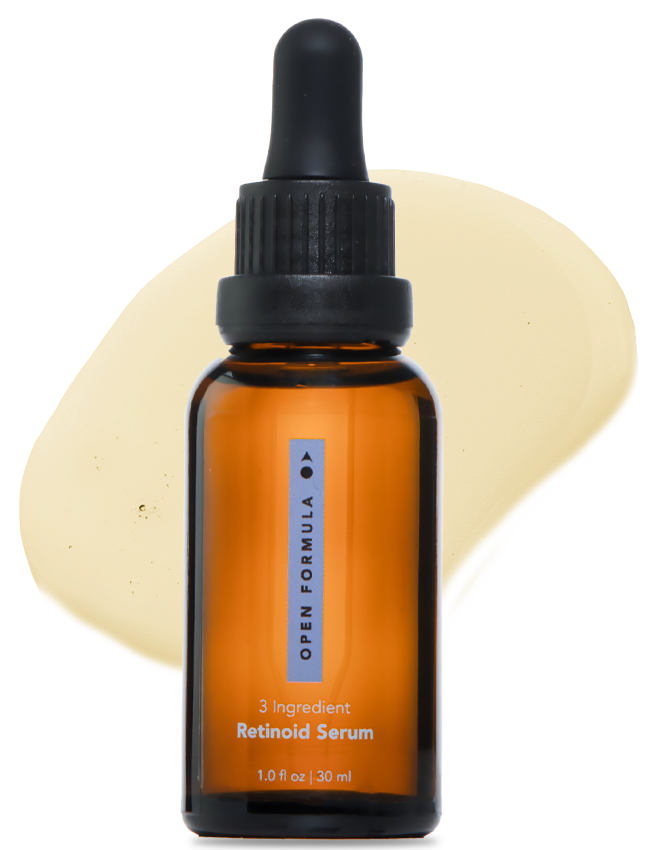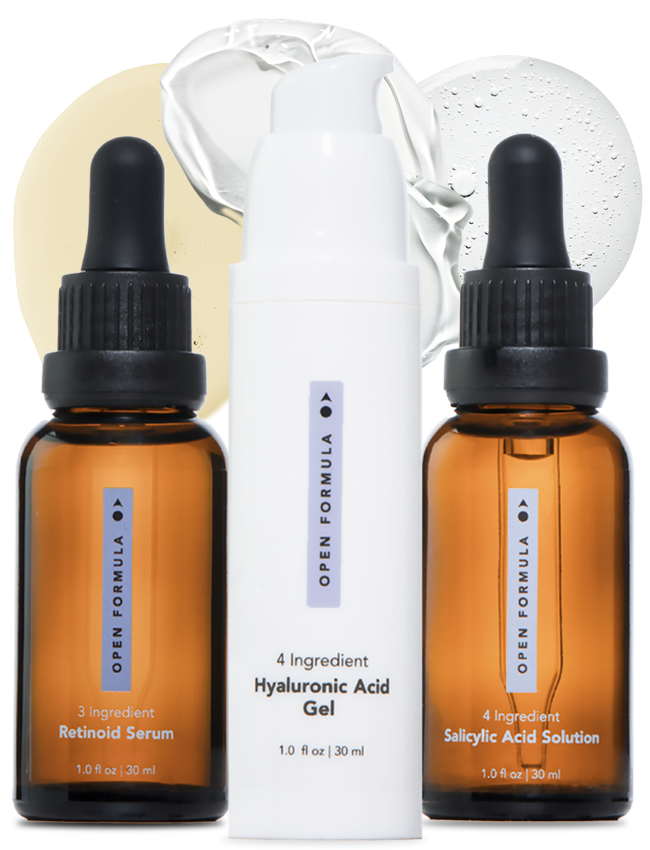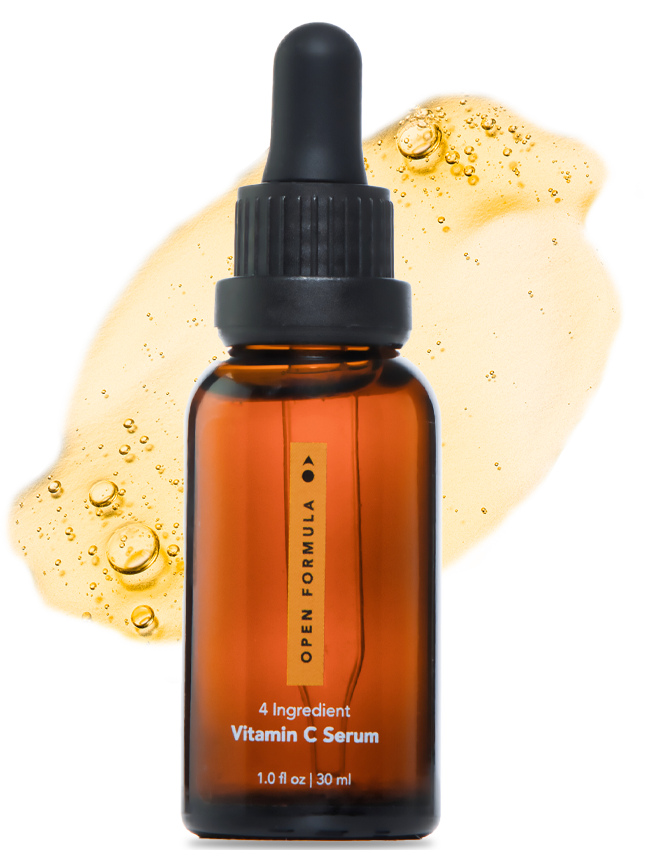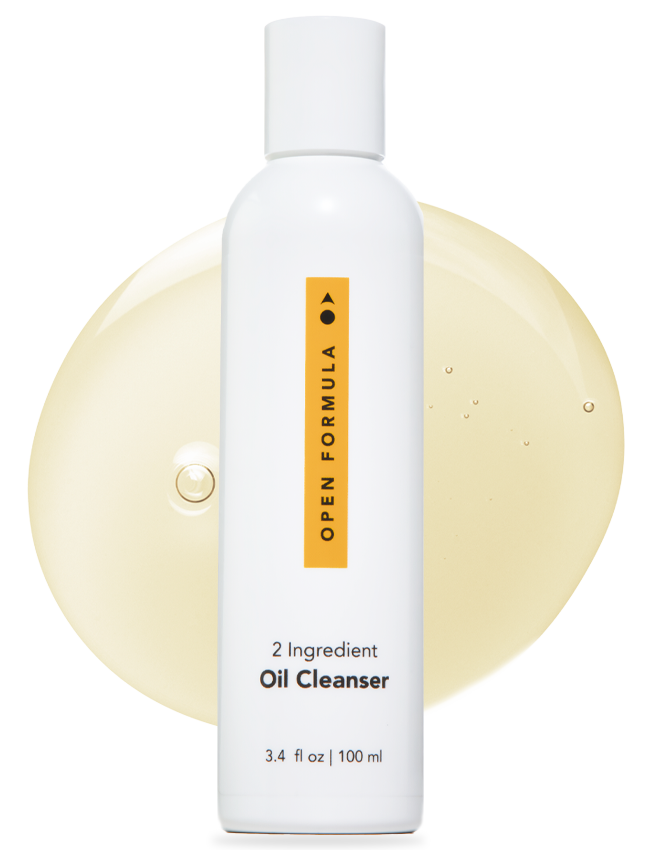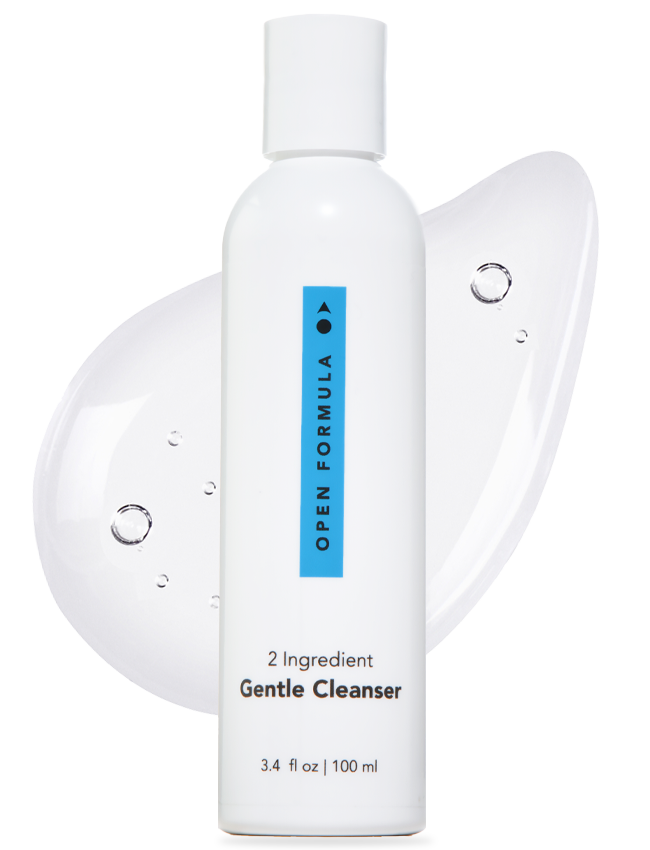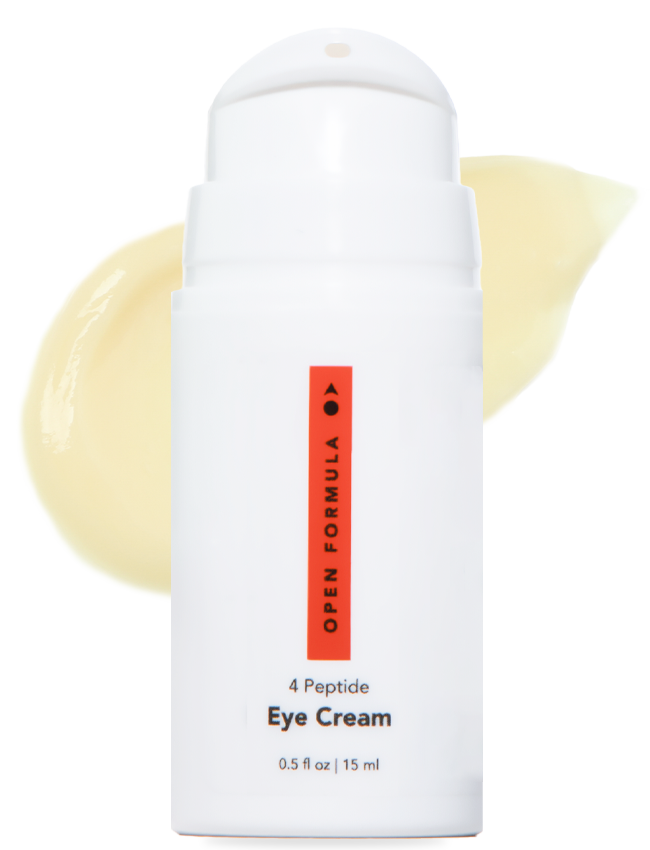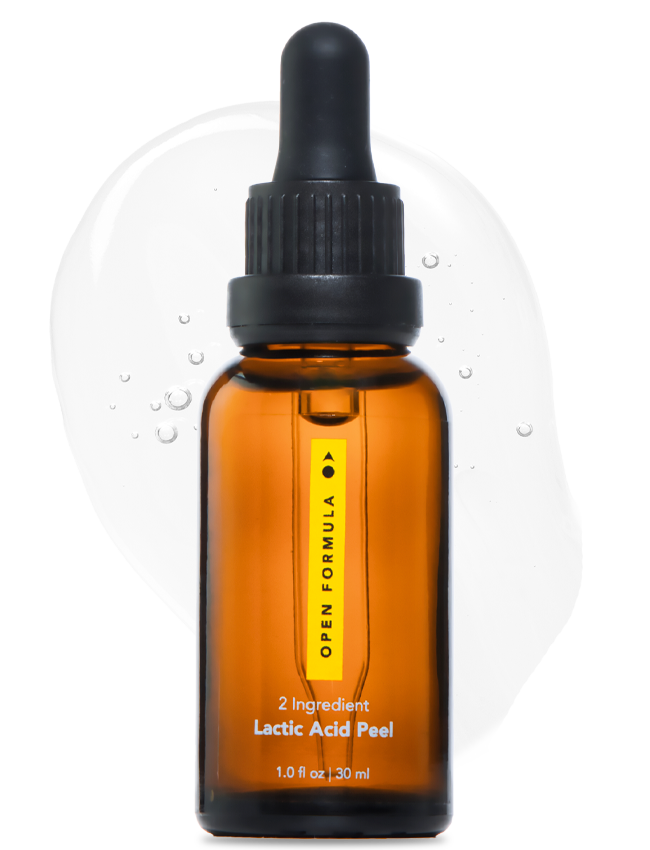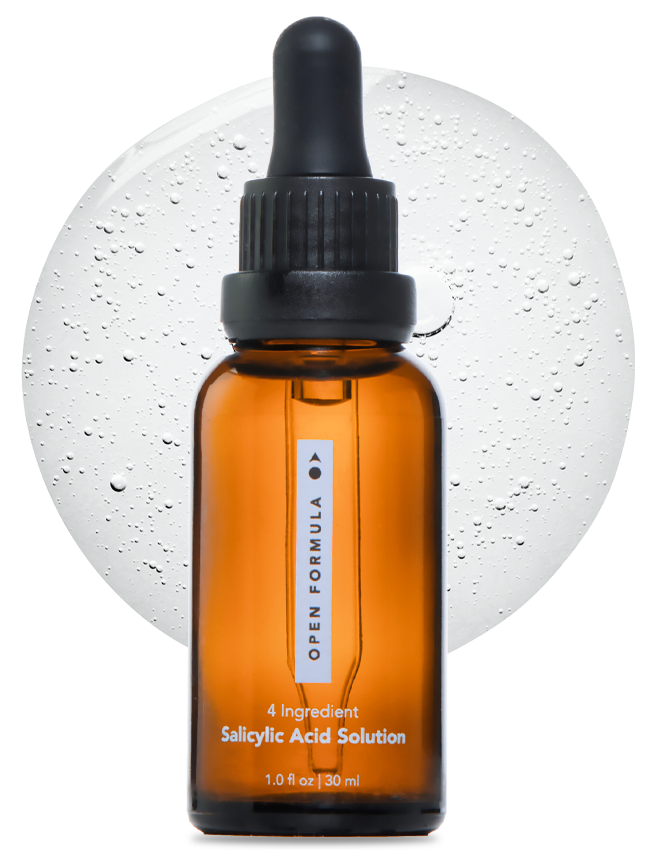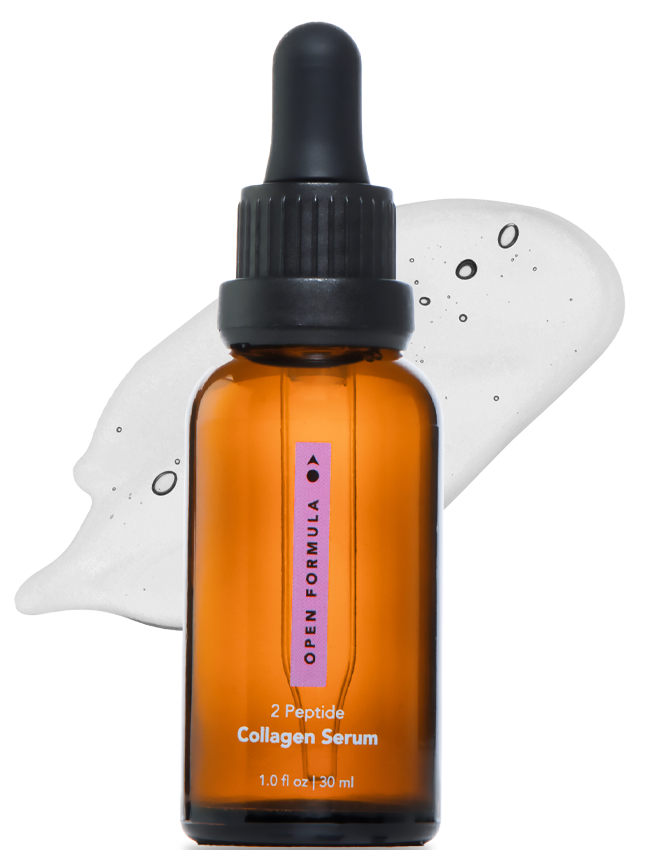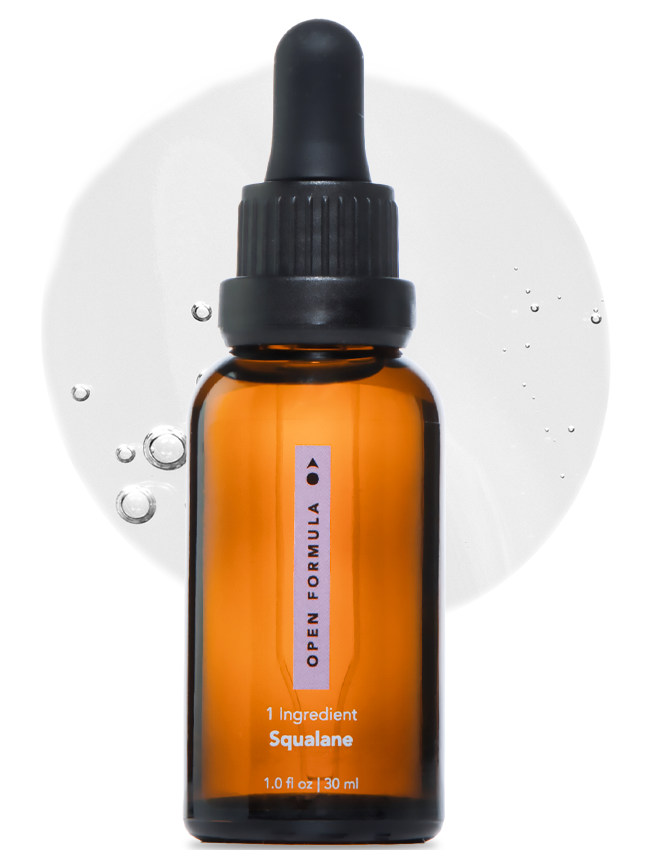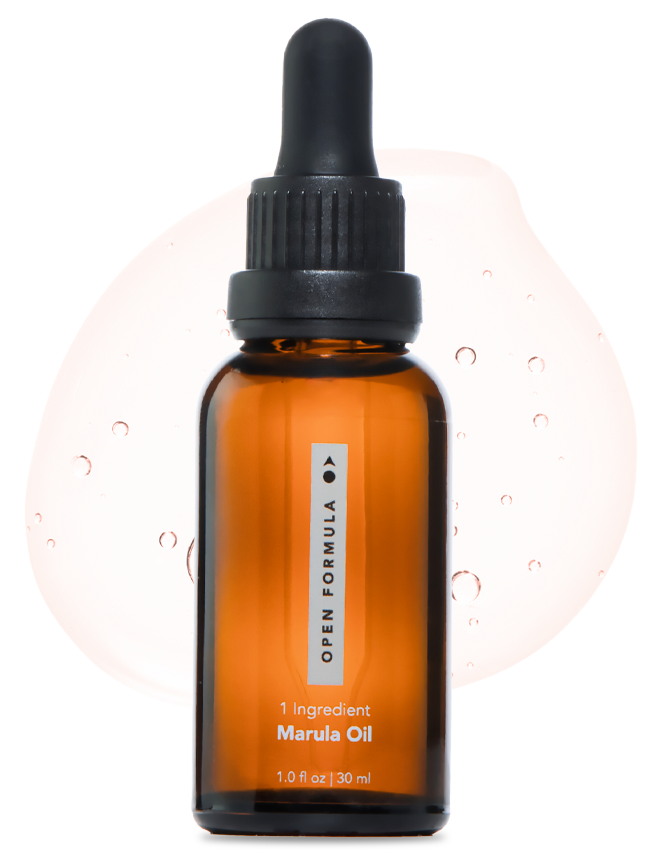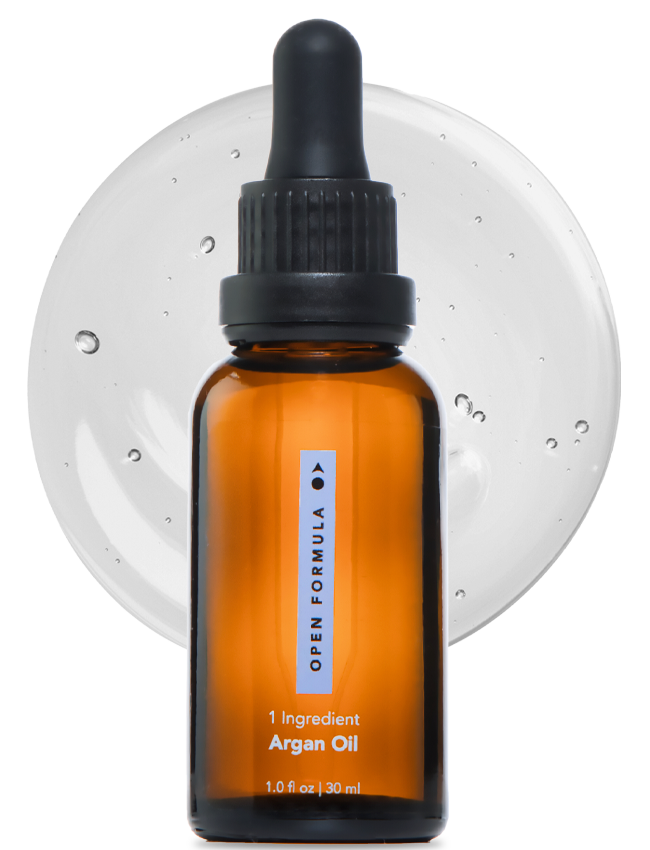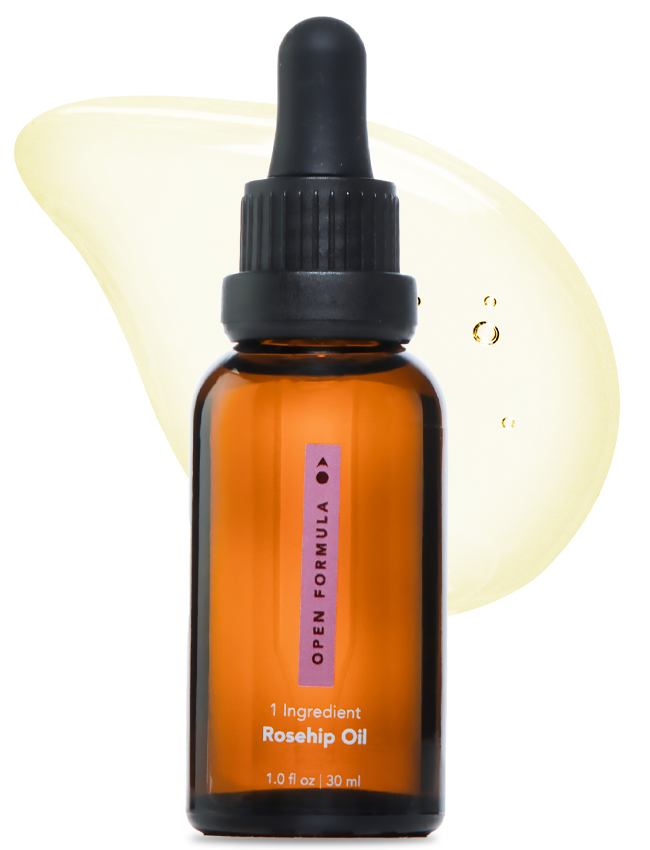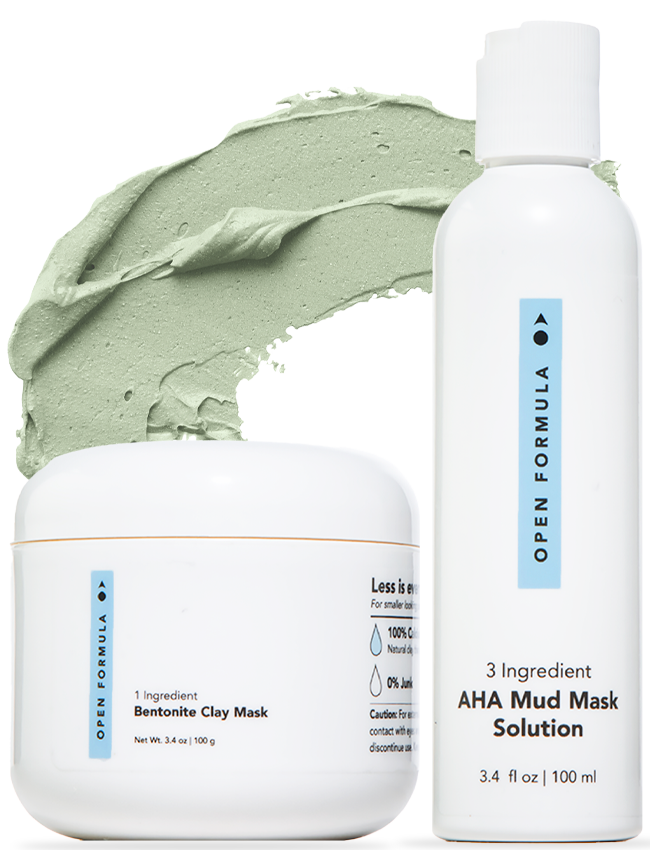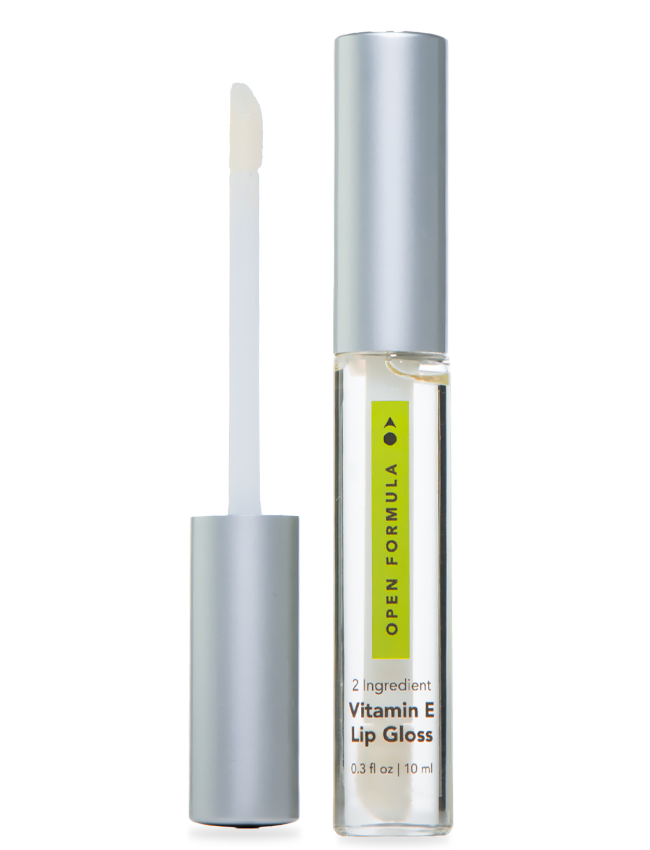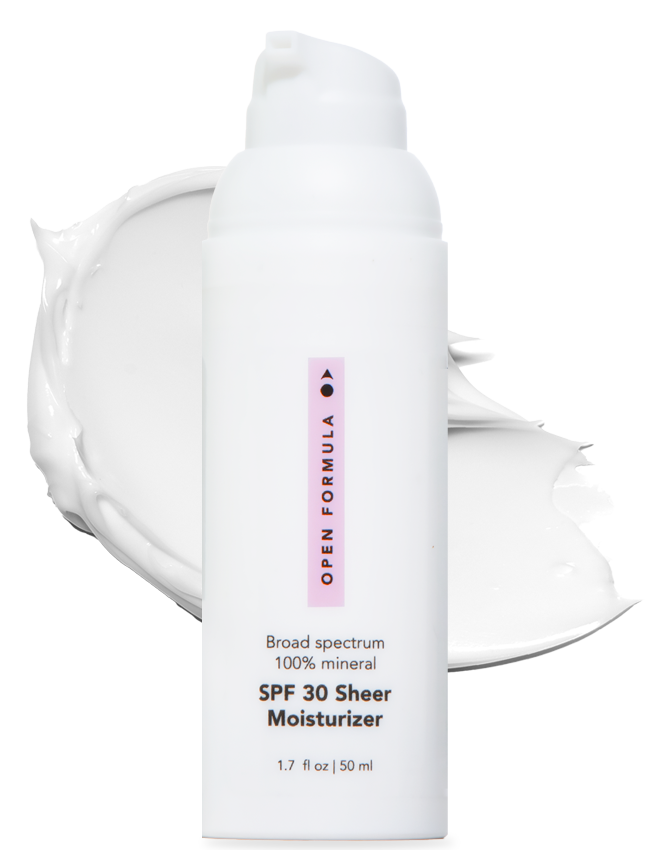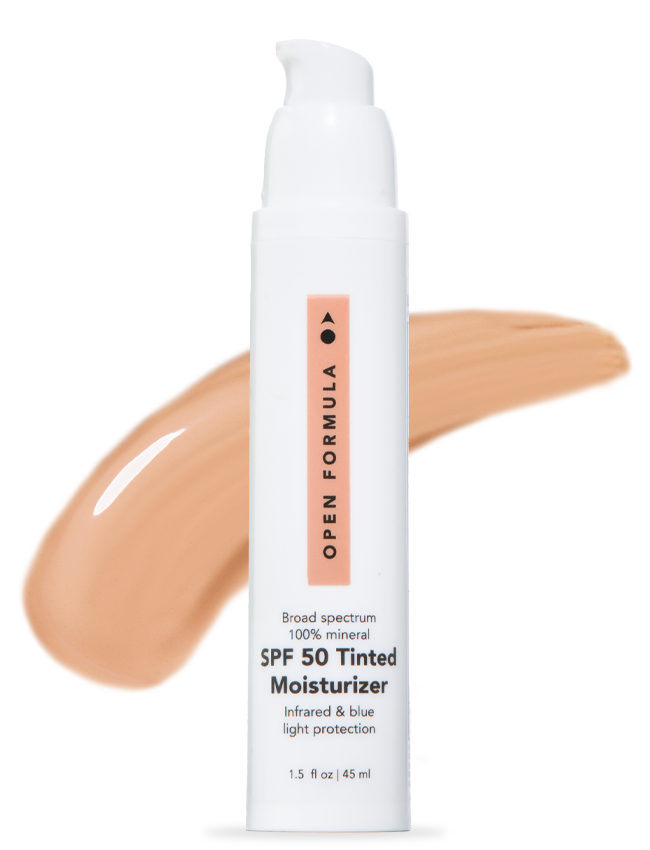Shiny skin is in, right? Shiny skin happens for numerous reasons and some mean your skin is healthy, while others mean there’s trouble. Here’s what you need to know to tell the difference.
Skin Types and Their Inherent Shine
First, let’s talk about sebum. Sebum is the waxy, oily substance that hydrates, lubricates, and protects your skin. Sebum is necessary for keeping your skin healthy. It is the protective layer known as the acid mantle. However, too much sebum leads to shiny over oily skin, clogged pores, and acne. While too little sebum means your skin becomes dry, flaky, and itchy. Some shine on skin is both natural and healthy. Each skin type has different natural shine qualities. Below are the skin types and their shine tendencies.
- Dry skin types equal little to no shine.
- The surface of dry skin has a dull sometimes flaky appearance and doesn’t show shine.
- Here’s why. Dry skin lacks the proper amount of natural skin oil or sebum. The sebum lubricates skin, locks in moisture, and works as part of the skin’s protective barrier.
- Combination skin types tend to have shine in the T- zone.
- This skin type shows shine only in the T-zone in the morning.
- Here’s why. The forehead, nose, and chin appear oilier or greasier because there is a higher concentration of oil glands in these areas. This often leads to more blackheads, clogged pores, and breakouts in the T-zone as well. So shine will happen faster in the T-zone than evenly across the face.
- Oily skin types have an increased production of sebum.
- Oily skin shows shine first thing in the morning.
- For oily skin it’s a battle to keep too much sebum from clogging pores and causing breakouts or acne. And while oily skin has shine, it can easily turn into too much shine.
- Normal skin types aren’t too dry, too sensitive or too oily.
- This skin type shows some shine in the T-zone by the end of the day.
When Shiny Skin is Good
All healthy skin has some shine and natural glow, except for dry skin, which has little not not shine. That natural glow and shine means that sebum production is normal. A natural shine or sheen is a good sign.
When Shiny Skin is Bad
Shiny skin develops into problems when it becomes oily skin versus shiny skin. Overactive sebaceous glands lead to too much oil, not shine. All that extra oil sits on the skin’s surface, mixing with dead skin cells, dirt, makeup and bacteria, which equals an acne breakout.
- Stress and Shine. And there are times in your life when you are under more stress. Stress increases the production of sebum, which means both oily too shiny skin and breakouts.
- Over Exfoliation. Exfoliation is fantastic for your skin. However, too much of a good thing, makes things worse. Over exfoliation removes too much from the skin’s surface, too many cells, too much oil, leaving the skin extremely smooth and shiny. You can learn more about exfoliation here.
How to Reduce Too Much Shine or Over Oily Skin
If your skin is too shiny take a gentle approach to reduce the shine. Be patient and don’t expect overnight transformation. Begin by altering your skincare routine to gently cleanse regularly while using products that aid in removing excess oil.
Skincare Routine to Reduce Shine
- Cleanse am and pm.
- Try a gentle cleanser like an oil cleanser. They melt makeup, SPF and excess sebum and make everything easier to wash away.
- Or try double cleanse.
- For the first step use an oil cleanser followed by a cleanser with acid as the second one for pore cleaning. Choose an acid like salicylic or glycolic.
- Or try double cleanse.
- Try a gentle cleanser like an oil cleanser. They melt makeup, SPF and excess sebum and make everything easier to wash away.
- Clay mask 1 - 3 x a week.
- Blotting papers.
- Keep blotting papers on hand to dab away excess oil from your face.
- Note: no product should make your skin feel tight after using. That’s often a sign that the product has stripped away too much oil.
How to Increase Shine
If you feel your skin is dull and dry, try these tips to increase the natural glow and shine.
- Cleanse am and pm. Use a gentle oil cleanser, and don’t strip away too much oil. One easy check in is that after cleansing your skin should not feel tight.
- Use ingredients like hyaluronic acid or glycerin. Get more familiar with hyaluronic acid and its benefits in this article.
- Exfoliate 1-3 x a week. Use an acid, like lactic or glycolic, to remove dead skin build up. Dead skin cells keep the skin looking dull.
- Retinoid. Use a retinoid product to increase the rate of skin renewal. Start low and slow when using a retinoid. Begin just once or twice a week and increase slowly as your skin adjusts.
- More moisture. Add oils like marula, argan, and jojoba.
- Use a makeup or finishing product that adds shine.
Shine On
No matter how you like to shine, your skin needs to reflect a healthy level of glow. Knowing just how much skin shine is healthy puts you on the road to making the most of your complexion and feeling great about how you look.

